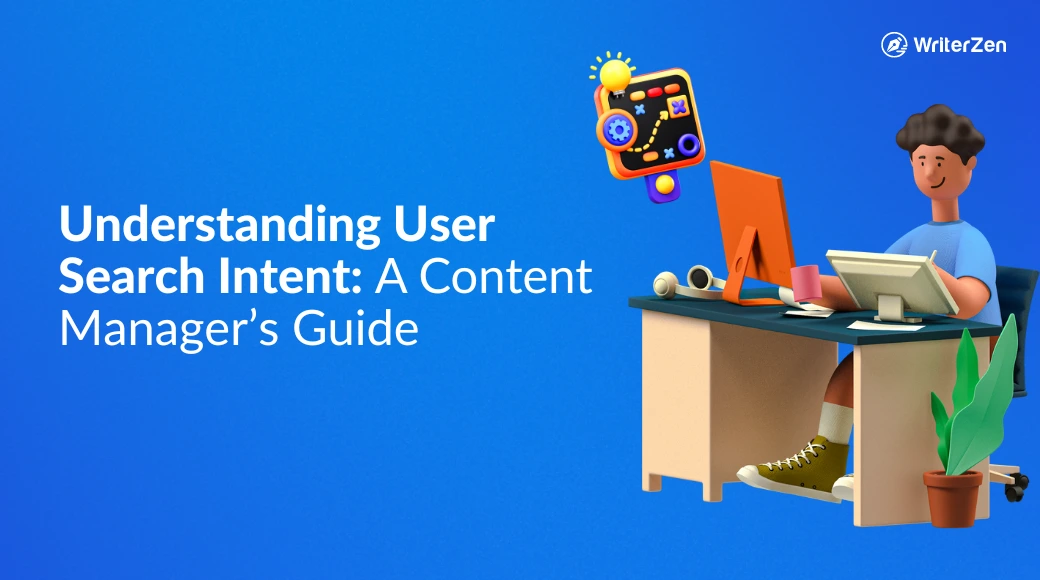Insightful Updates
Stay informed with the latest news and trends.
Search Intent: Your Ticket to Online Success
Unlock online success by mastering search intent! Discover how to boost clicks and conversions today.
Understanding Search Intent: The Key to Targeted Content Creation
Understanding search intent is crucial for creating targeted content that resonates with your audience. Search intent refers to the reason behind a user's query—what they hope to accomplish with their search. Broadly, it can be categorized into three main types: informational, navigational, and transactional. By identifying the type of intent, content creators can tailor their strategies to meet the specific needs of their audience. For instance, if users are searching for how to bake a cake, they likely seek step-by-step instructions, rather than just a recipe, emphasizing the importance of delivering content that matches their expectations.
To effectively leverage search intent in your content strategy, consider incorporating keywords that reflect user intent and creating content that satisfies those needs. Start by conducting keyword research to identify relevant terms related to your niche, then categorize them based on intent. Use tools such as Google Search Console or keyword planners to analyze what your audience is searching for. Ultimately, delivering content that aligns with search intent not only boosts your SEO rankings but also enhances user experience, leading to higher engagement and conversion rates.

How to Align Your SEO Strategy with User Search Intent
Understanding user search intent is crucial for creating an effective SEO strategy. It involves analyzing what users are truly looking for when they type specific keywords into search engines. There are generally three categories of search intent: informational, navigational, and transactional. By aligning your content with these intents, you can enhance user satisfaction and increase the chances of ranking higher in search results. For instance, if users are searching for 'how to align your SEO strategy', they are likely looking for detailed guidelines and tips, making it essential to provide comprehensive, well-structured content that answers their queries.
To effectively align your SEO strategy with user search intent, consider implementing the following steps:
- Keyword Research: Identify the keywords associated with each type of intent.
- User Feedback: Gather and analyze feedback to understand user needs better.
- Content Optimization: Tailor your content to address the specific intent, whether it’s providing information, navigation, or facilitating a transaction.
By continually refining your approach to align with user search intent, you not only improve your SEO strategy, but also foster stronger connections with your audience, ultimately leading to increased traffic and engagement on your site.
What is Search Intent and How Can It Boost Your Online Success?
Search intent refers to the underlying motivation behind a user's query when they enter a search term into a search engine. Understanding this intent is critical for optimizing your content to align with what users are actually looking for. There are generally four types of search intent: informational, navigational, commercial, and transactional. By analyzing these intents, you can create content that meets the specific needs of your audience, ultimately enhancing user experience and satisfaction.
By focusing on search intent, you can significantly boost your online success. When your content matches the intent of the searcher, it not only improves your rankings in search engine results but also increases the likelihood of conversion. For example, a user searching for 'best running shoes' typically has commercial intent; therefore, providing a well-structured comparison or review can engage them effectively. Implementing strategies based on search intent can transform your website from a simple informational resource to a powerful tool for business growth.